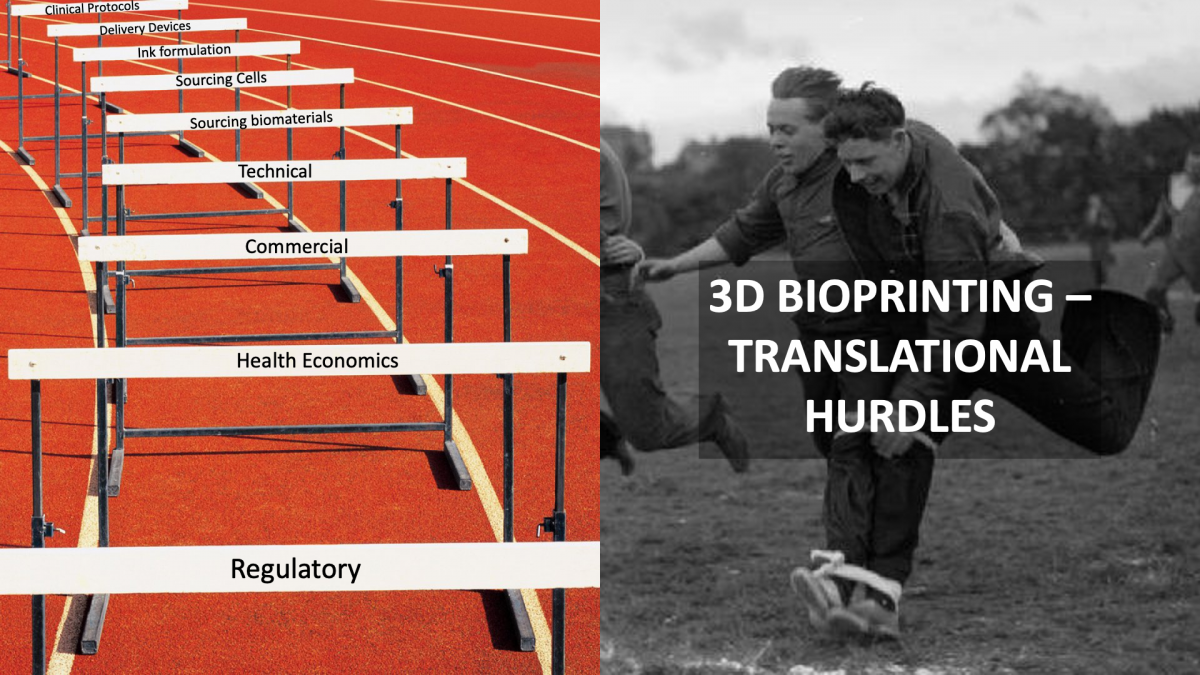News
3D printing bone tissue
Jun 28 2022
Next week at #Biofab2021, I will provide some thoughts that start to address the challenges confronting researchers in 3D Biofabrication as we consider the hurdles we will need to jump over to move forward.

The convergence of advances in biomaterials science, stem cell biology, additive fabrication, imaging, software engineering and artificial intelligence has us poised to deliver revolutionary approaches to some long standing medical challenges.
However, the seamless integration of specific advances in each field that are pertinent to the medical challenge at hand can be a difficult path to navigate and success here is critical to Translation.
Using examples including the use of 3D bioprinting for cartilage and skin regeneration, we will illustrate some aspects of our journey. Things outside of the actual biofabrication protocols can be (and usually are) the rate determining step as we strive for translation. Issues such as sourcing, storage and transportation of biomaterials and cells must be dealt with. Other matters such as the regulatory framework, health economics and commercial models are equally important if translation is to occur.
A focus on translation also highlights technical areas that are somewhat deficient and might otherwise be ignored. This includes the multi variable space that we encounter in 3D Biofabrication and the need to streamline optimization – perhaps machine learning can help?
Another important aspect is the need for robust deployable in line/on site non-destructive characterization tools to verify the content and structure of what has been produced.
Additionally, there is the environment wherein these developments take place. There is a need to shift the mindset so as we set up for Translation from the outset. Here we will describe what we are doing to address this at TRICEP (Translational Research Initiative for Cellular Engineering and Printing) – a facility established to facilitate translation of projects involving the need for customised bioinks and bioprinters. TRICEP was established by UOW in partnership with the Australian National Fabrication Facility (ANFF) through the ANFF Materials Node.
Finally, there is the need for appropriate training courses that provide graduates equipped to engage in translational activities. In this regard, some may be interested in our online Graduate Certificate in Biofabrication.
Many hurdles need to be jumped and usually in partnership with others.
So it really can feel like jumping hurdles with the added challenge of it being a three legged race!
You can catch my keynote talk at Biofab 2021:
Industry Session: Monday, September 27 at 5:45pm
Prof Gordon Wallace, University of Wollongong – ‘Taking 3D Bioprinting into the clinic. Jumping hurdles in a three legged race!’
Full Biofabrication 2021 program can be viewed here.
This article was originally posted on LinkedIn by Prof Gordon Wallace













